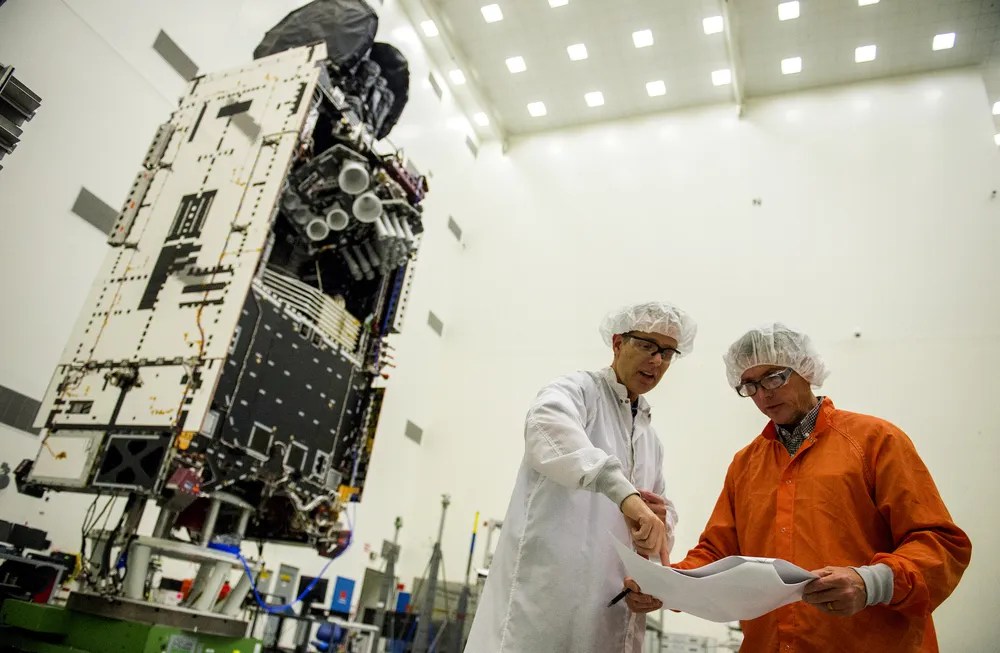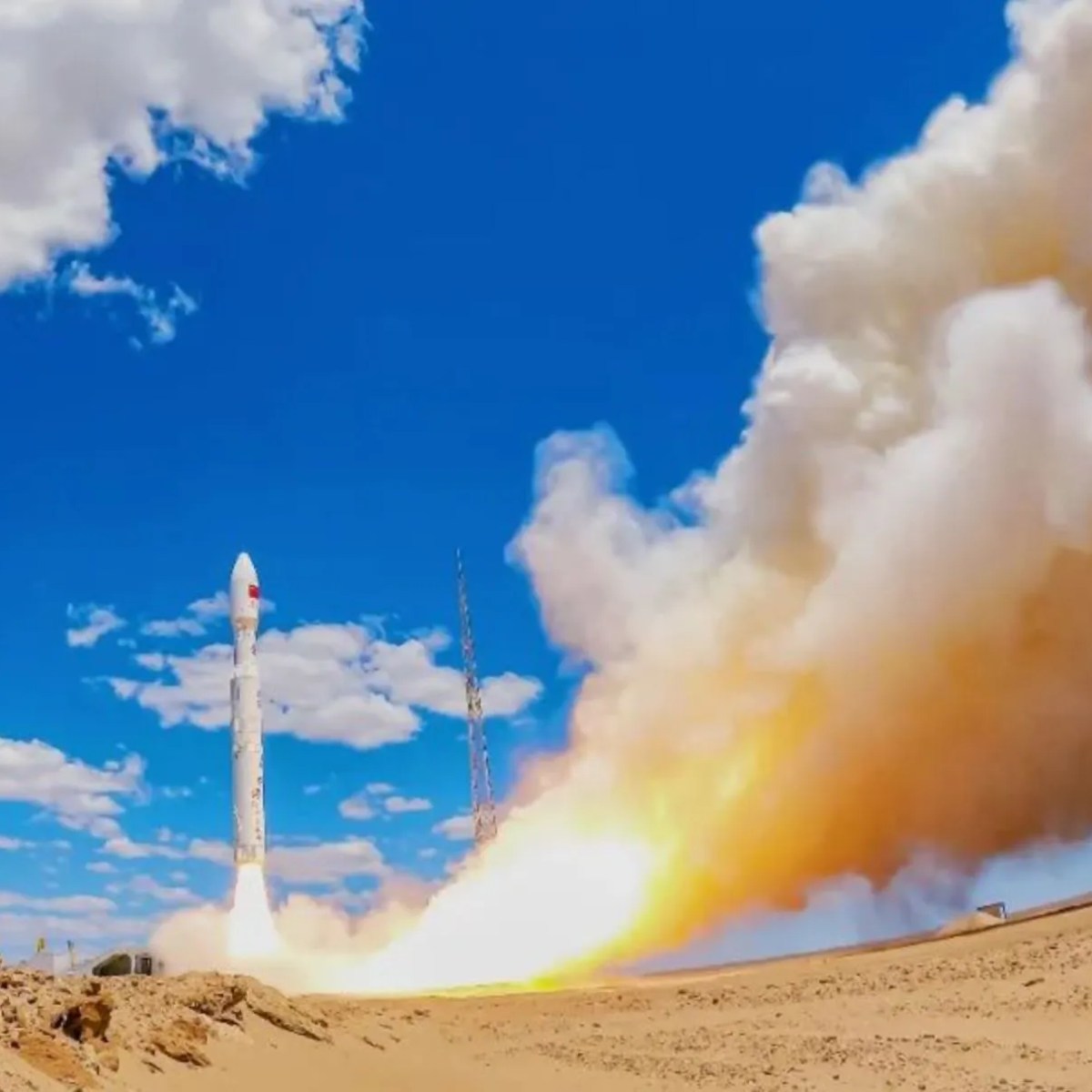TAMPA, Fla. — U.S.-based space-tracking company ExoAnalytic Solutions has identified about 500 pieces of debris from Intelsat 33e’s recent breakup in geostationary orbit (GEO).
“The size of the debris we are tracking ranges from small fragments roughly the size of a softball to larger pieces up to the size of a car door,” ExoAnalytic chief technology officer Bill Therien told SpaceNews in an Oct. 28 email.
“The majority of the tracked objects are on the smaller end of that spectrum, which contributes to the difficulty of consistently observing all the debris pieces.”
ExoAnalytic has observed 108 of these pieces in the last 24 hours, Therien said, adding that the company does not expect to observe every piece of debris each night because size, velocity, and position relative to ground sensors can influence whether the debris is visible during a particular observation window.
In addition, it is possible some of them are no longer present, such as solid fuel fragments that are evaporating.
“The debris field from an incident like this can be complex, and new pieces can be more reliably tracked over time,” Therien said.
He said ExoAnalytic is continuing to work closely with the U.S. Space Force and satellite operators to provide safety of flight services.
It is too early to say whether parts of Intelsat 33e could hit another object in orbit after the satellite broke up Oct. 19, which could create more potentially hazardous debris.
Intelsat 33e started providing communications services for customers across Europe, Africa and parts of Asia Pacific in January 2017, despite propulsion issues that reduced its 15-year design life by around 3.5 years.
Intelsat is still investigating what caused the in-orbit breakup of Intelsat 33e, the second in a series of four EpicNG (next-generation) high throughput satellites Boeing built for the operator.
The first in this series, Intelsat-29e, was declared a total loss in 2019 after three years in orbit.
An investigation into the Intelsat-29e anomaly pinned the failure on either a meteoroid impact or a wiring flaw, which led to an electrostatic discharge following heightened solar weather activity.
According to an Intelsat spokesperson, the Intelsat-29e investigation found no significant risk of failure in subsequent EpicNG satellites.
Although Boeing’s three subsequent EpicNG satellites were also based on the manufacturer’s 702 MP platform, the Intelsat spokesperson said elements of the bus and payload differ between each spacecraft.
SpaceX and Arianespace launched the other two Boeing-built EpicNG satellites for Intelsat in 2017, Intelsat 35e and Intelsat 37e, respectively.
Marco Rocchetto, CEO and co-founder of U.K.-based space situational awareness provider SpaceFlux, said: “We continue to perform regular monitoring of other spacecraft based on the Boeing 702 MP bus and have not noticed any other irregularities.
Past EpicNG issues “have had no indications prior to these types of anomalies,” Rocchetto added, “so it’s difficult to make a prediction as to the likelihood of future occurrences.”
Boeing said it is working with Intelsat on the Intelsat 33e investigation and referred questions to the satellite operator.
Getting back online
Intelsat said the company has received all necessary Federal Communications Commission approvals to move customers to other satellites, including those operated by competitors.
“Migration and service restoration plans are well underway across the Intelsat fleet and third-party satellites,” said an Intelsat spokesperson.
“We are making good progress and all entities are supportive.”



